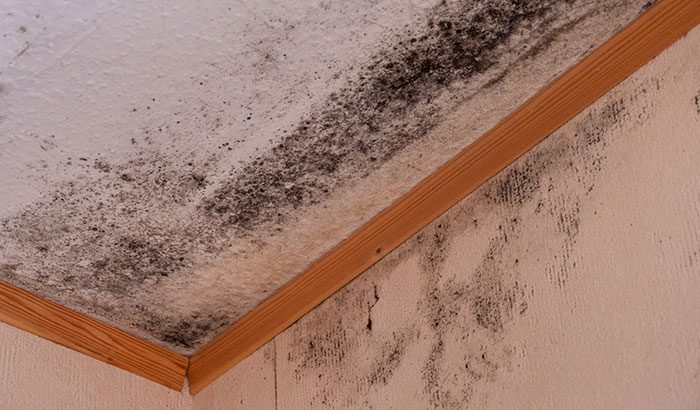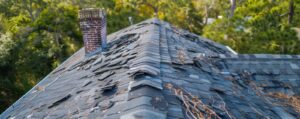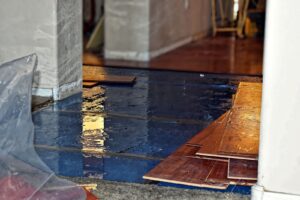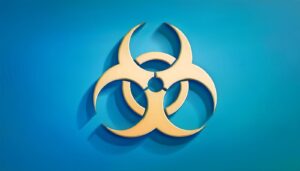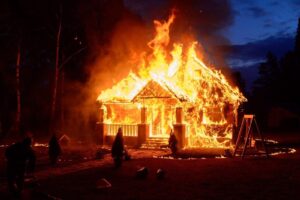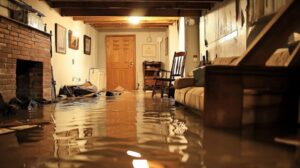Removing mold is one of the most common problems that homeowners face. Mold can grow in any area of your home where there is moisture; it can cause damage to your property and even pose health risks to you and your family. That’s why it’s crucial to take mold growth seriously and take action as soon as you notice it.
In this blog, we’ll discuss everything you need to know about mold remediation. We’ll cover the signs of mold growth, the health risks associated with mold exposure, and the steps you can take to prevent it from coming back. Our goal is to provide you with the knowledge and tools you need to address mold growth in your home and keep your property and loved ones safe.
We understand that dealing with mold can be overwhelming and stressful, especially if this is your first time encountering it. However, with the right approach and mold removal company, you can tackle the problem effectively and efficiently.
Whether you’re dealing with a small patch of mold in your bathroom or a more extensive infestation in your basement, we’re here to help you every step of the way. Let’s get started.
Signs of Mold
Mold is a sneaky intruder that can grow undetected for weeks, months, or even years before you notice it. By the time you see visible signs of mold, it may have already spread to other areas of your home. That’s why it’s crucial to know the signs of mold growth so you can catch it early and address it before it becomes a bigger problem.
- Musty odor: Mold has a distinct and unpleasant musty odor. It could be a sign of mold growth if you notice a strong, persistent smell in your home, especially in areas like your basement, bathroom, or attic. Remember that mold can grow in hidden places, so even if you can’t see visible signs of mold, a musty odor could indicate a problem.
- Discoloration: Mold can appear in many different colors, including black, green, white, and gray. If you notice any unusual discoloration on your walls, ceilings, or floors, especially in areas prone to moisture, like your bathroom or kitchen, it’s a good idea to investigate further.
- Water damage: Mold thrives in damp, humid environments, so if you’ve recently had water damage in your home, it’s important to be on the lookout for signs of mold growth. Water damage can weaken your walls and floors, making them more susceptible to mold.
- Respiratory issues: Mold spores can cause respiratory problems, especially in people with allergies or asthma. If you’re experiencing respiratory issues, it could be a sign of mold growth. If your symptoms improve when you leave your home or are away from the affected area, that could also be a sign of mold exposure.
- Condensation: Condensation can be a breeding ground for mold, especially in areas like your bathroom or kitchen. If you notice condensation on your windows or walls, it could be a sign of excess moisture in your home, which can lead to mold growth.
If you notice any of these signs and suspect that you might have mold, contact a professional immediately to prevent the mold from spreading and causing further damage.
Why You Should Remove Mold
Mold is not just an eyesore in your home; it can also be a health hazard. As we mentioned above, mold spores can cause respiratory problems, particularly in individuals with preexisting health conditions or allergies.
These people may experience symptoms such as coughing, wheezing, stuffy nose, and red or itchy eyes or skin. In more severe cases, mold exposure can lead to fever and shortness of breath.
Apart from the health effects, mold can damage your home’s structure and lower its value. Mold can eat away at organic materials, causing them to weaken and eventually break down. This can lead to costly repairs and renovations.
Mold can also affect the air quality in your home, leading to musty odors.
The Mold Removal Process
Mold removal is a complex task. It requires a careful and thorough process to ensure that all the mold is removed and that it doesn’t return. If you suspect that you have mold in your home, it’s essential to take action promptly. Here is an overview of the mold removal process:
- Inspection: The first step in mold removal is to identify the extent of the mold growth. A professional mold inspector can help determine how widespread the mold is and where it’s located. They will also check for any underlying issues that may have caused the mold growth.
- Containment: Once the mold is identified, the affected area (depending on the size of the mold growth) will need to be contained to prevent the spores from spreading to other parts of the house. This may involve sealing off doors and windows or using a negative air pressure machine.
- Removal: The mold can be physically removed after the area is contained. This may involve cutting out affected drywall or removing carpets or other porous materials. Specialized cleaning agents are used to ensure that the area is thoroughly cleaned.
- Drying: After removing the mold, the affected area must be dried thoroughly. This is to prevent any remaining moisture from allowing the mold to grow back.
- Testing: After the mold removal process is complete, it’s essential to test the area to ensure that all mold has been eliminated. A professional mold inspector can perform a final test to confirm that the air quality is safe.
While some may think removing mold is as simple as scrubbing it away, it’s important to note that mold is a complex organism requiring specific treatment to remove it completely. Hiring a professional mold removal company ensures that every step of the process is handled with the utmost care and expertise.
Don’t settle for anything less than the best for mold removal when looking for companies.
Preventing Mold Growth
Once the mold has been removed, you’ll want to do everything possible to prevent mold from returning. Preventing mold growth is crucial for maintaining a safe and healthy living environment. Mold thrives in moist, humid conditions, so keeping your home dry is key to preventing mold. Here are some tips to help you prevent mold growth:
- Keep humidity levels low: Use a dehumidifier or air conditioner to keep indoor humidity levels below 60%. You can also use exhaust fans in the bathroom and kitchen to reduce humidity.
- Fix leaks promptly: Any leaks, whether from a pipe, roof, or window, should be fixed promptly to prevent moisture from accumulating.
- Increase ventilation: Improving ventilation can help reduce humidity levels in your home. You can open windows or use a ventilation system to increase airflow.
- Use mold-resistant products: Use mold-resistant products when renovating or building your home, such as drywall and paint.
- Clean and dry wet areas promptly: Any areas that become wet, such as after a spill or a flood, should be cleaned and dried within 24-48 hours to prevent mold growth.
- Inspect your home regularly: Regular inspections can help you identify any potential mold growth and fix any issues before they become a more significant problem.
By following these tips, you can help prevent mold growth in your home and ensure that you maintain a safe and healthy living environment for yourself and your family. However, if you do discover mold in your home, it’s crucial to take immediate action to ensure that it’s removed safely and effectively.
A professional mold removal company can offer more than just a solution to your current mold problem – they can also help you take proactive steps to prevent future growth. By conducting a thorough inspection and assessment of your property, mold remediation experts can identify any areas of concern and provide tailored advice on mitigating the risk of mold growth.
Their recommendations can help you maintain a safe and healthy home environment, from improving ventilation to addressing water damage.
Take Action Now and Remove Mold for Good With Total Flood and Fire Restoration
If you want the best for mold removal, look no further than Total Flood and Fire Restoration.
At Total Flood and Fire Restoration, we understand the potential health hazards associated with mold growth and the process of removing mold from homes and businesses. Our team of trained and experienced professionals is dedicated to providing fast and effective mold remediation services to protect your property and your health, and we pride ourselves on being the best for mold removal in Salt Lake County.
Whether you have visible mold growth or suspect that you may have a hidden mold problem, our experts can provide a comprehensive mold inspection to identify the source of the issue. We use state-of-the-art equipment and techniques to remove all mold safely and completely, and we take extra precautions to prevent mold growth.
Don’t wait until your mold problem worsens – contact Total Flood and Fire Restoration today to schedule your mold remediation or inspection appointment. We offer 24/7 emergency services and flexible scheduling to meet your needs, and our team is committed to providing top-notch customer service throughout the process. Contact us today by calling us at 385-483-2109 or by using our online form, and let’s restore your property to a safe and healthy environment.

